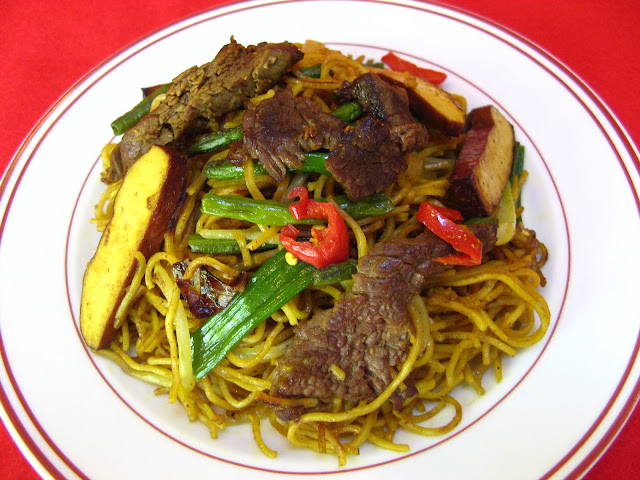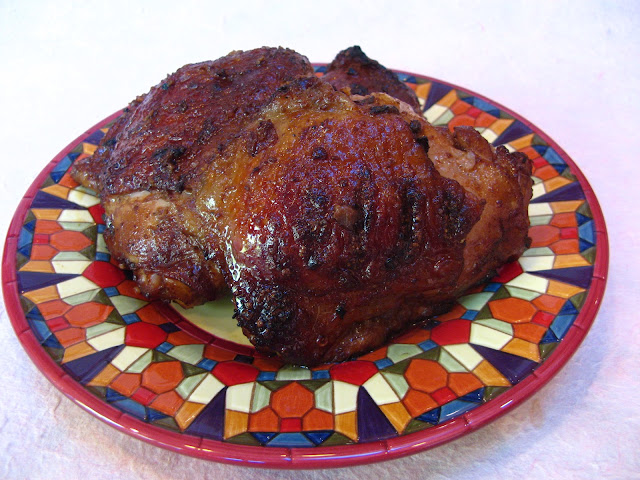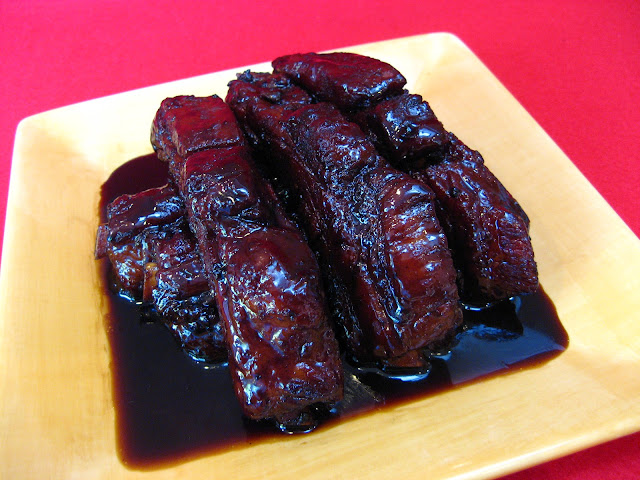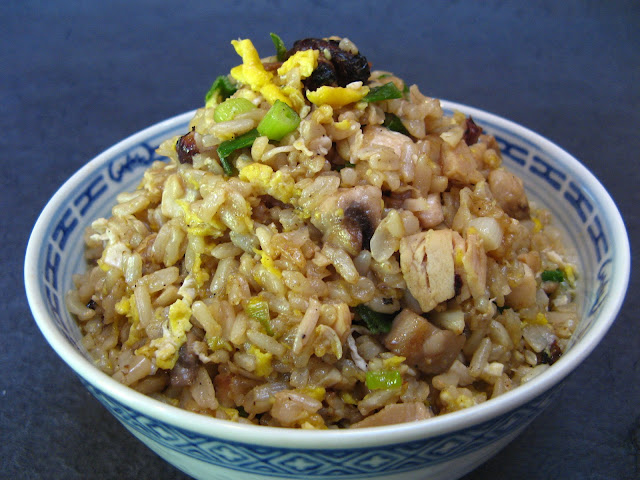This recipe was updated on 19 Oct 2014. Some instructions
and ingredient quantities were changed, and metric measurements added.
This dish uses Hong Kong style noodles together with Madras
curry powder in a stir fry. Hong Kong noodles are thin egg noodles and the
literal translation in Cantonese is wonton noodles. While there aren’t any
wontons in this dish, these noodles are typically used together with wonton in
a soup broth, hence their name, and that leads to no end of confusion if you
use the literal translation. So you’ll find dishes named in English referring
to thin egg noodles, Hong Kong style noodles, and even vermicelli (whose use
isn’t quite correct). Needless to say, the noodles are just really thin and are
really good in a stir fry.
Enjoy!





















